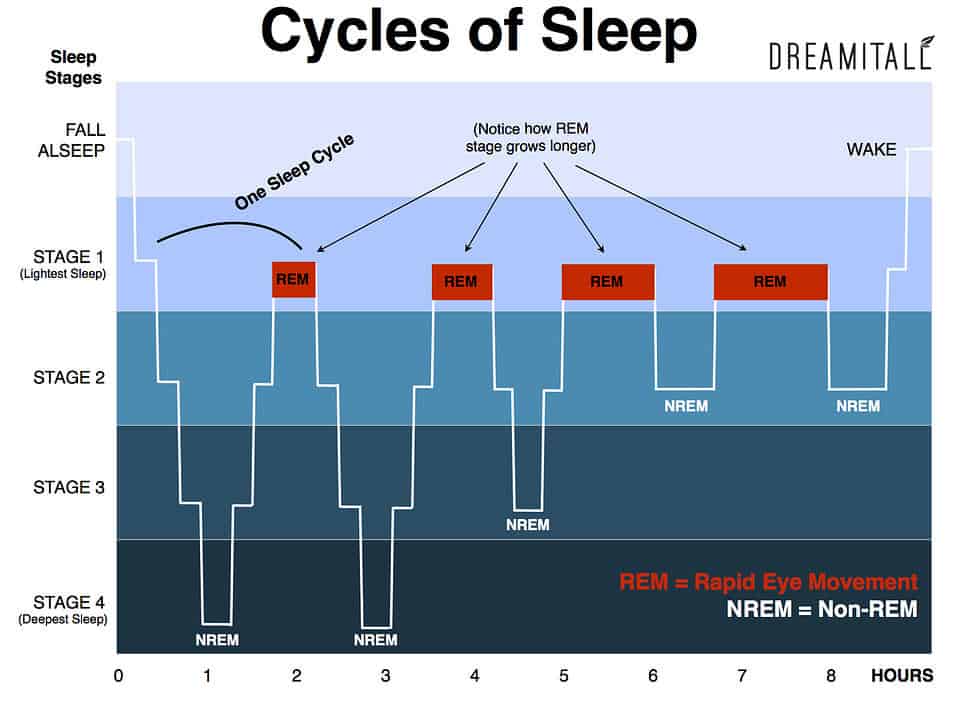

During REM sleep, your eyes move rapidly back and forth beneath your lids.


But, in general, people alternate among several different levels of non-REM and REM sleep every night. Deep sleep is the stage of sleep that’s most difficult to wake from. Krahn says not everyone goes through all of the stages. "They're paralyzed, and that's actually felt probably to be a rinsing function - to clear the brain of toxins and byproducts that have collected during the waking day."ĭr. "Things speed up except a person cannot move," says Dr. The final stage is REM sleep, which is typically when you dream. "And that just allows the body a chance to recover from the busy day." "When we're in deep sleep, our heart rate and our breathing really slows down," says Dr. Krahn says the three types of non-REM, which stands for rapid eye movement, include level one, which is light sleep level two, intermediate sleep and level three, deep sleep. Lois Krahn, a Mayo Clinic sleep medicine specialist.ĭr. It has long been known that worrying and stress increase the intensity of REM sleep, when most dreaming occurs, causing it to start earlier on in the night and reducing the deep sleep needed to. "We basically divide sleep into wake, non-REM - three types - and REM sleep," says Dr. When your head hits the pillow, your body can go through several stages of sleep. Journalists: Broadcast-quality video pkg (1:00) is in the downloads. During the deep stages of NREM sleep, the body repairs and regrows tissues, builds bone and muscle, and strengthens the immune system.


 0 kommentar(er)
0 kommentar(er)
